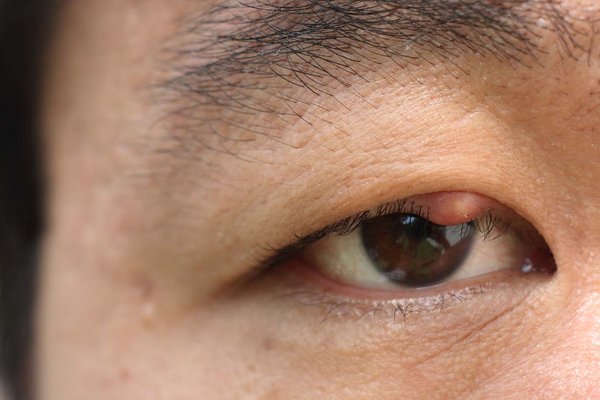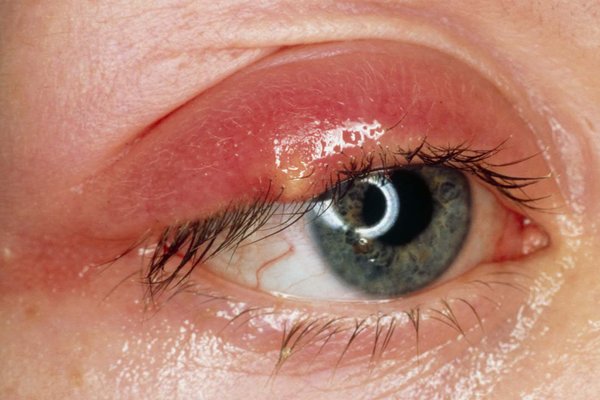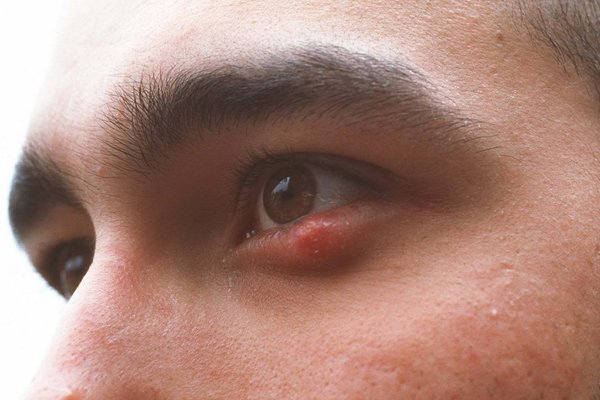

A stye is a small, painful lump on or inside the eyelid or around the eye.

The skin around the stye may be swollen and red and the stye may be filled with yellow pus. The redness may be harder to see on brown and black skin.

Your eye may be red and watery but your vision should not be affected.
A stye usually only affects 1 eye, but it's possible to have more than 1 at a time and on both eyes.
It's probably not a stye if:
To reduce swelling and help the stye heal:
To relieve the pain, take painkillers such as paracetamol or ibuprofen. Do not give aspirin to children under 16.
Avoid wearing contact lenses and eye make-up until the stye has burst and healed.
Do not try to burst a stye or remove an eyelash yourself. This can spread the infection.
You can call 111 or get help from 111 online.
If you have a stye, the GP may:
You can help avoid stye by keeping your eyes clean.
Styes are often caused by bacteria infecting an eyelash follicle or eyelid gland.
You're also more likely to get a stye if you have long-term blepharitis or rosacea.
wash your face and remove eye make-up before bed
keep your eyelids and eyelashes clean, especially if you have blepharitis
wash your hands before putting contact lenses in or taking them out
do not share towels or flannels with someone who has a stye
do not rub your eyes if you have not recently washed your hands
